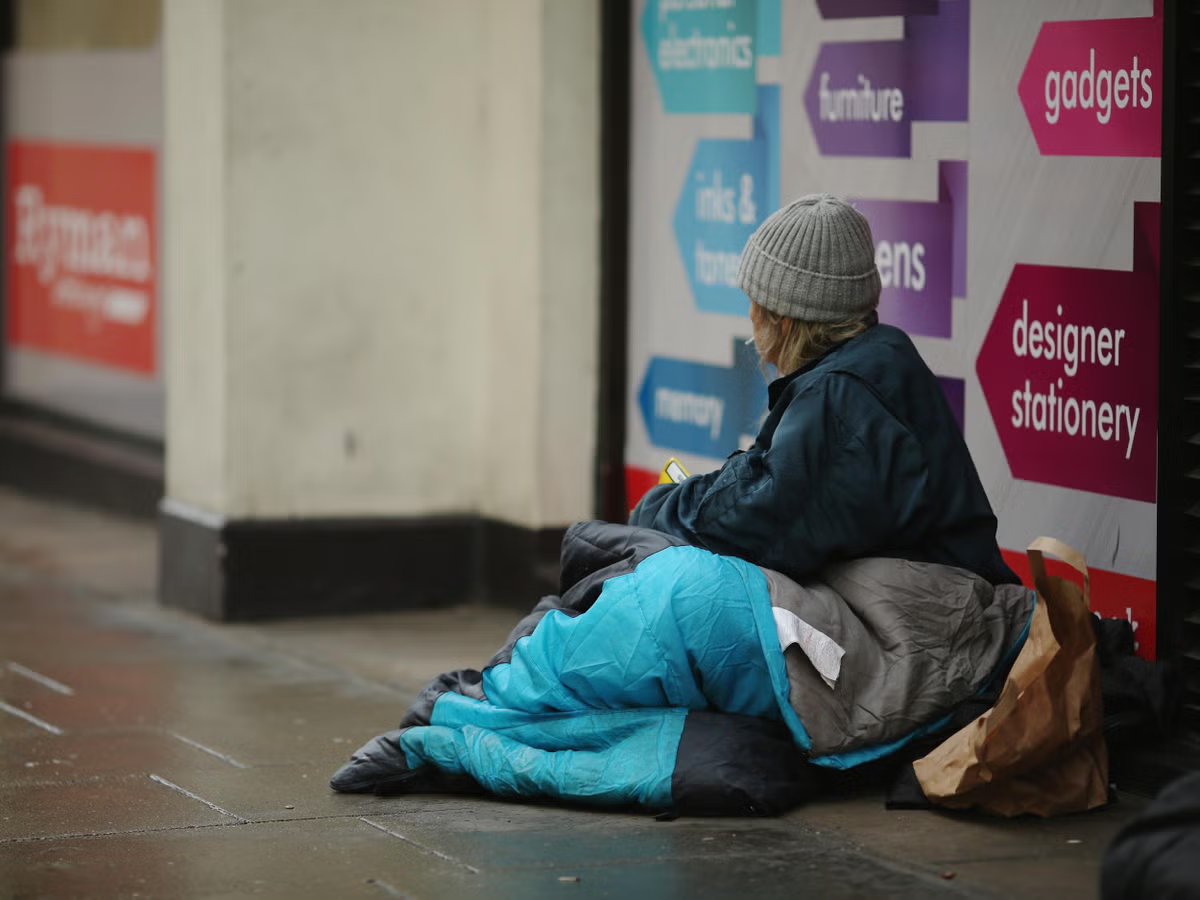
The Alarming Rise of Youth Homelessness in Australia
Imagine finishing school, full of dreams and ambitions, only to find yourself without a safe place to sleep. This unsettling reality is becoming increasingly common for many young Australians. Recent analyses have identified the top 20 ‘hotspots’ across the country where young people are experiencing homelessness or struggling to find a place to live.
SBS.COM.AU
In this article, we’ll delve into the regions most affected by youth homelessness, explore the underlying causes, and discuss potential solutions to this escalating crisis.
Understanding Youth Homelessness: More Than Just a Lack of Shelter
Defining Youth Homelessness
Youth homelessness encompasses more than just sleeping rough on the streets. It includes young individuals living in severely crowded dwellings, those in supported accommodation, and the ‘hidden homeless’ who resort to couch surfing.
YOUTHOFFTHESTREETS.COM.AU
The Scope of the Problem
Recent data reveals that nearly 10% of young Australians experienced homelessness within the past year.
THEGUARDIAN.COM
This statistic underscores a pressing issue that demands immediate attention.

Geographic Disparities: Where Is Youth Homelessness Most Prevalent?
Urban Centers: The Double-Edged Sword
While major cities like Sydney and Melbourne offer numerous opportunities, they also present significant challenges. High living costs and competitive housing markets make it difficult for young people to secure stable accommodation.
Regional and Remote Areas: The Overlooked Crisis
Contrary to popular belief, youth homelessness isn’t confined to urban areas. In fact, 25% of homeless youth reside in inner regional areas, 11% in outer regional areas, and 5.3% in remote or very remote regions.
AIHW.GOV.AU
These areas often lack the resources and support services available in cities, exacerbating the problem.
Factors Fueling Youth Homelessness
Economic Pressures
The rising cost of living, especially in housing, has left many young Australians unable to afford rent. Over half of the respondents in a recent youth survey cited the cost of living as a major concern.
MISSIONAUSTRALIA.COM.AU
Family Dynamics
Strained family relationships are a significant contributor to youth homelessness. Young individuals experiencing family conflict or domestic violence often find themselves with no choice but to leave home.
Mental Health Challenges
Mental health issues are both a cause and consequence of homelessness. Approximately 41% of homeless youth identify as having a mental health condition, a stark contrast to the 13% with stable housing.
VALUINGCHILDRENINITIATIVE.COM.AU
The Domino Effect: Consequences of Youth Homelessness
Educational Disruption
Without stable housing, maintaining consistent education becomes a Herculean task. Homeless youth often face interruptions in their schooling, leading to long-term academic setbacks.
Health Implications
Homelessness exposes young people to various health risks, including malnutrition, exposure to the elements, and a higher likelihood of substance abuse.
Social Isolation
The stigma associated with homelessness can lead to feelings of shame and isolation, further alienating young individuals from their peers and potential support networks.
Current Interventions: What’s Being Done?
Government Initiatives
Various government programs aim to address youth homelessness through funding for housing projects and support services. However, the effectiveness of these programs is often limited by bureaucratic hurdles and insufficient resources.
Non-Profit Organizations
Organizations like Mission Australia and Youth Off The Streets play a pivotal role in providing immediate assistance and advocating for long-term solutions. Their efforts range from offering shelter and food to educational programs and mental health support.
The Road Ahead: Strategies for Mitigating Youth Homelessness
Affordable Housing Development
Investing in affordable housing is crucial. By increasing the availability of low-cost housing options, young people have a better chance of securing stable accommodation.
Strengthening Support Services
Enhancing access to mental health services, educational support, and job training can equip homeless youth with the tools they need to break the cycle of homelessness.
Community Engagement
Communities can play a significant role by fostering inclusive environments and supporting local initiatives aimed at assisting homeless youth.
Conclusion: A Collective Responsibility
Youth homelessness in Australia is a multifaceted crisis that requires a concerted effort from governments, communities, and individuals. By understanding the complexities and regional disparities of this issue, we can work towards creating effective solutions that offer every young Australian the stability and support they deserve.
